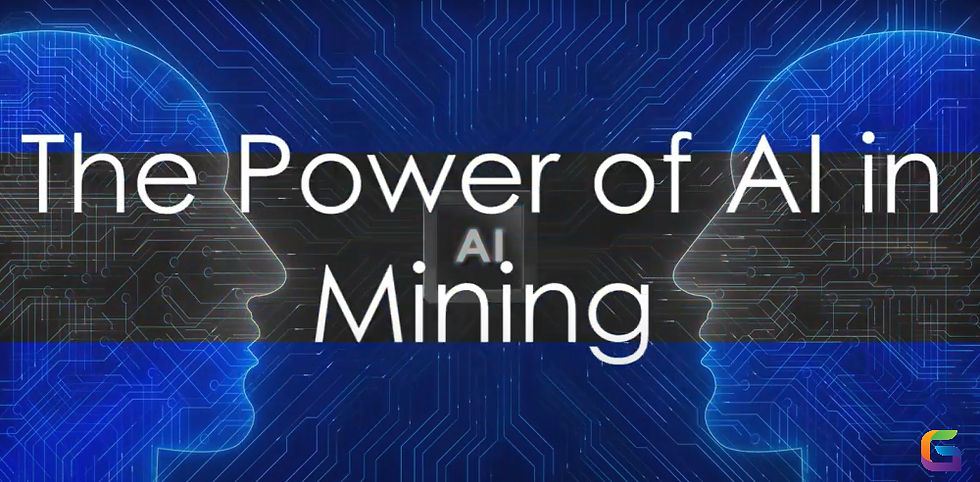Pixel Classification vs Object Detection: A Technical Comparison
- Anvita Shrivastava

- Oct 17
- 3 min read
Updated: 2 days ago
In the fast-changing discipline of computer vision, Pixel Classification and Object Detection present two foundational methods, including a wide range of applications, from autonomous vehicles to medical imaging. Both methods seek to develop a deeper understanding of images, but vary considerably in methodology, output, and applications, and this article will analyse the more technical aspects of pixel classification and the process of object detection, and compare their benefits and disadvantages to provide you with guidance in helping choose the method you prefer for your project.

What is Pixel Classification?
Pixel Classification, or semantic segmentation, is a computer vision technique where each pixel of an image is classified into a predetermined category. Unlike object detection, where the dimensions are identified with bounding boxes, pixel classification provides a deeper understanding of the image and classifies at the pixel level.
How Pixel Classification Works
Pixel classification generally relies on deep learning models that include:
Fully Convolutional Networks (FCNs): Replace fully connected (dense) layers and make predictions with convolutional layers, predicting class labels for each pixel.
U-Net: Popular for medical imaging, U-Net's Encoder-Decoder architecture preserves spatial information.
SegNet: Uses pooling indices in the Decoder in place of Convolutional layers to improve segmentation.
The procedure typically consists of:
Preprocessing: Normalising and resizing photographic images.
Feature Extraction: Using convolutional layers to capture the spatial patterns.
Pixel-wise Classification: Assigning every pixel a class label.
Postprocessing: Applying filtering or smoothing to optimise the result.
Benefits of Pixel Classification
High Accuracy: Provides exact shapes of an object.
Effective for Complex Scenes: Effective, for instance, where objects overlap or have irregular shapes.
Use Cases: Autonomous driving (segmentation of road, lanes, pedestrians), medical imaging (tumour segmentation), and satellite imaging (land cover classification).
What is Object Detection?
Object Detection is the use of bounding boxes to detect, localise, and classify objects in an image. Object detection detects and classifies objects at the object level, whereas pixel classification methods classify each pixel in the image. This classification method is faster and more appropriate for real-time applications.
How does Object Detection Work?
Deep learning architectures used in object detection include:
YOLO (You Only Look Once): YOLO predicts bounding boxes and class probabilities with a single forward pass. This enables real-time object detection.
Faster R-CNN: Uses region proposal networks (RPNs) to achieve high accuracy.
SSD (Single Shot MultiBox Detector): A good balance between speed and accuracy for object localisation.
The typical workflow includes:
Feature extraction: Identify patterns in the image using convolutional layers.
Region proposal: Identify areas of the image that contain an object.
Classification & Localisation: Class labels are assigned to the object, and the bounding box is refined.
Postprocessing: NMS reduces overlapping bounding boxes.
Benefits of Object Detection
Swift and Scalable: It is suitable for large-scale datasets.
Excellent for Real-Time Applications: Operated in surveillance, autonomous vehicles, and robotics.
Uses: Face detection, pedestrian tracking, traffic monitoring, and retail analytics.
Key Differences Between Pixel Classification and Object Detection
Feature | Pixel Classification | Object Detection |
Output | Pixel-level class map (Raster or Vector) | Bounding boxes with class labels (Vector) |
Precision | Very high (exact shapes) | Moderate (bounding boxes approximate shapes) |
Speed | Slower (high computational cost) | Faster (optimised for real-time) |
Use Case | Land cover mapping, environmental monitoring, and urban planning | Identify infrastructure, assess disaster damage, and monitor agricultural assets |
Complexity | Requires detailed annotations | Requires bounding box annotations |
Deciding Between Pixel Classification and Object Detection
The choice between these two techniques depends on your project requirements:
Choose Pixel Classification if:
You need exact shapes of objects.
Your application requires semantic segmentation.
Accuracy is more critical than speed.
Choose Object Detection if:
You need fast identification of objects.
Your application involves real-time tracking.
Bounding boxes are sufficient for the task.
Both pixel classification techniques and object detection methods play an important role in modern computer vision. Pixel classification methods can provide very detailed, highly accurate segmentation, while object detection techniques can perform real-time object-based detection. A solid understanding of the technical differences between these methods will allow developers and researchers to select the best type of method for their general and more specific applications, whether it's autonomous driving, medical imaging, or surveillance systems.
Using the correct method can lead to more accurate, efficient, and overall better performance with computer vision projects.
For more information or any questions regarding pixel classification and object detection, please don't hesitate to contact us at
Email: info@geowgs84.com
USA (HQ): (720) 702–4849
(A GeoWGS84 Corp Company)




Comments